Type of Light: Red and Near-Infrared Wavelengths
The type of light emitted by the blanket is fundamental to its therapeutic potential. Red light, typically at 660nm, is visible and penetrates the skin's surface, making it ideal for improving skin health, reducing fine lines, and enhancing skin tone. Near-infrared light, at 850nm, is invisible but penetrates deeper into tissues, supporting muscle recovery, reducing joint pain, and promoting circulation.
Research from Cleveland Clinic suggests that combining both red and near-infrared light offers comprehensive benefits, targeting both superficial and deep tissues. Look for a blanket that includes both wavelengths to maximize therapeutic effects for skin and body care.
Intensity: Power Density and Effectiveness
Intensity, measured in milliwatts per square centimeter (mW/cm²), determines how deeply and effectively the light penetrates. Studies, such as those referenced in Complete guide to light therapy dosing, indicate that effective intensities range from 10mW/cm² to 200mW/cm². Higher intensity can lead to faster results, but it should be adjustable to suit individual sensitivity, especially for beginners.
For example, a blanket with higher intensity might be better for chronic pain relief, while lower intensity could be sufficient for skin rejuvenation. Ensure the blanket provides clear information on its power density to align with your wellness goals.
Coverage and Design: Full-Body Exposure
Coverage is a critical factor, as red light therapy blankets aim to offer full-body treatment. Designs vary between sleeping bag-style blankets and mats. Sleeping bag designs, provide 360-degree coverage, enveloping the body for comprehensive exposure. This is ideal for maximizing benefits like improved sleep and relaxation.
In contrast, mats, which you lie on, cover only one side of the body, requiring you to flip over for full exposure. While mats are often more affordable and portable, they may not offer the same level of convenience for full-body red light therapy. Choose based on your preference for comfort and the extent of coverage needed.
To help compare, here's a table outlining the differences:
|
|
|
|
|
|
|
|
|
|
Cozy, like a sleeping bag
|
|
|
|
|
|
|
|
|
|
Safety Features: Ensuring a Secure Experience
Safety is paramount when using red light therapy devices. Look for blankets with certifications like FDA approval, ensuring they meet health and safety standards. Research from Verywell Health emphasizes the importance of avoiding eye damage, recommending the use of protective goggles if sensitive to light. Additionally, check for clear usage instructions and photosensitivity tests to prevent skin reactions.
Material and Comfort: Enhancing User Experience
The material of the blanket significantly impacts comfort, especially for prolonged sessions. High-quality, breathable fabrics prevent overheating and ensure a cozy experience, encouraging regular use. Lightweight designs, are also ideal for portability, allowing use at home or on the go. Comfortable materials can enhance the relaxation aspect, making sessions more enjoyable and effective.
User-Friendly Features: Customization for Convenience
Modern red light therapy blankets often include user-friendly features to enhance usability. Adjustable intensity settings allow you to tailor the light to your comfort level, while timer settings (e.g., 10–90 minutes) prevent over-exposure. Remote controls add convenience, enabling adjustments without interrupting your session. These features ensure the blanket fits seamlessly into your wellness routine.
Price: Balancing Cost and Quality
Price is a practical consideration, with red light therapy blankets ranging from a few hundred to several thousand dollars. Higher-priced options often offer advanced features like higher intensity and better materials, while more affordable models may suffice for basic needs. Set a budget and prioritize features that align with your goals, ensuring you get the best value for your investment.
Practical Tips for Using Your Red Light Therapy Blanket
Once you've chosen your blanket, integrate it into your routine for optimal results. Start with short sessions (5–15 minutes) and gradually increase to 30 minutes, using it 3–5 times per week. Pair it with other wellness practices, like meditation, for enhanced relaxation. Monitor your body's response and adjust frequency based on your health goals, such as improving skin appearance or reducing lower back pain.
Conclusion and Call to Action
Choosing the best red light therapy blanket involves weighing light type, intensity, coverage, safety, comfort, and cost. By considering these factors, you can select a device that supports your journey toward better skin health, pain relief, and overall well-being. Start exploring options today, and share your experiences in the comments below—we'd love to hear how red light therapy has transformed your self-care routine!
An electric massager cleaner with a brush is an ideal choice for those who want to take care of their skin at a high level. Turn daily care into a pleasant and effective procedure, enjoying visible results after the first applications! You can buy this device at a favorable price in our store.
Key Points
-
Research suggests red light therapy blankets can improve skin health and reduce pain, but effectiveness varies.
- It seems likely that choosing a blanket involves considering light type, intensity, coverage, and safety features.
- The evidence leans toward selecting blankets with both red (660nm) and near-infrared (850nm) light for comprehensive benefits.
-
An unexpected detail is that blanket design (sleeping bag vs. mat) impacts comfort and full-body exposure, affecting user experience.

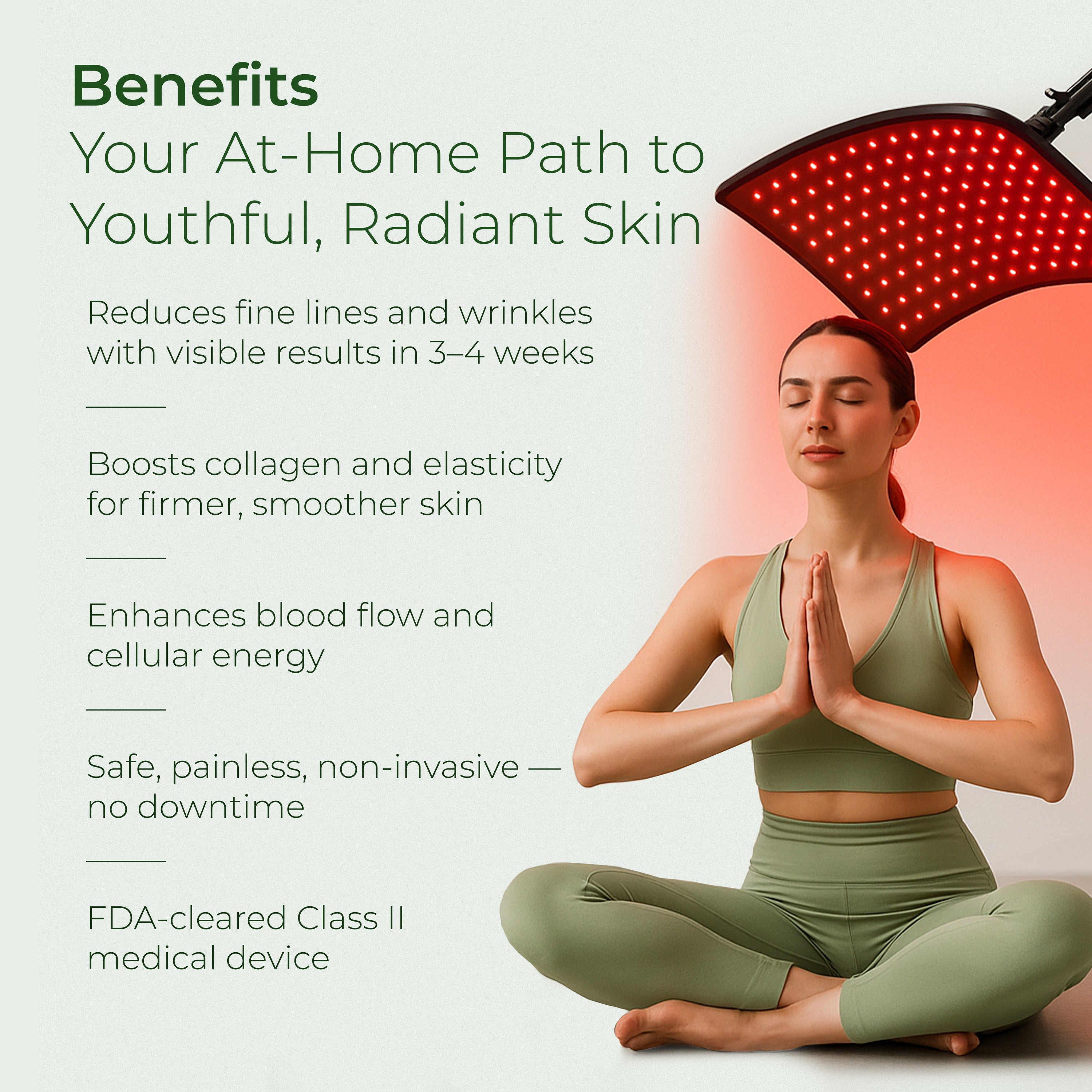
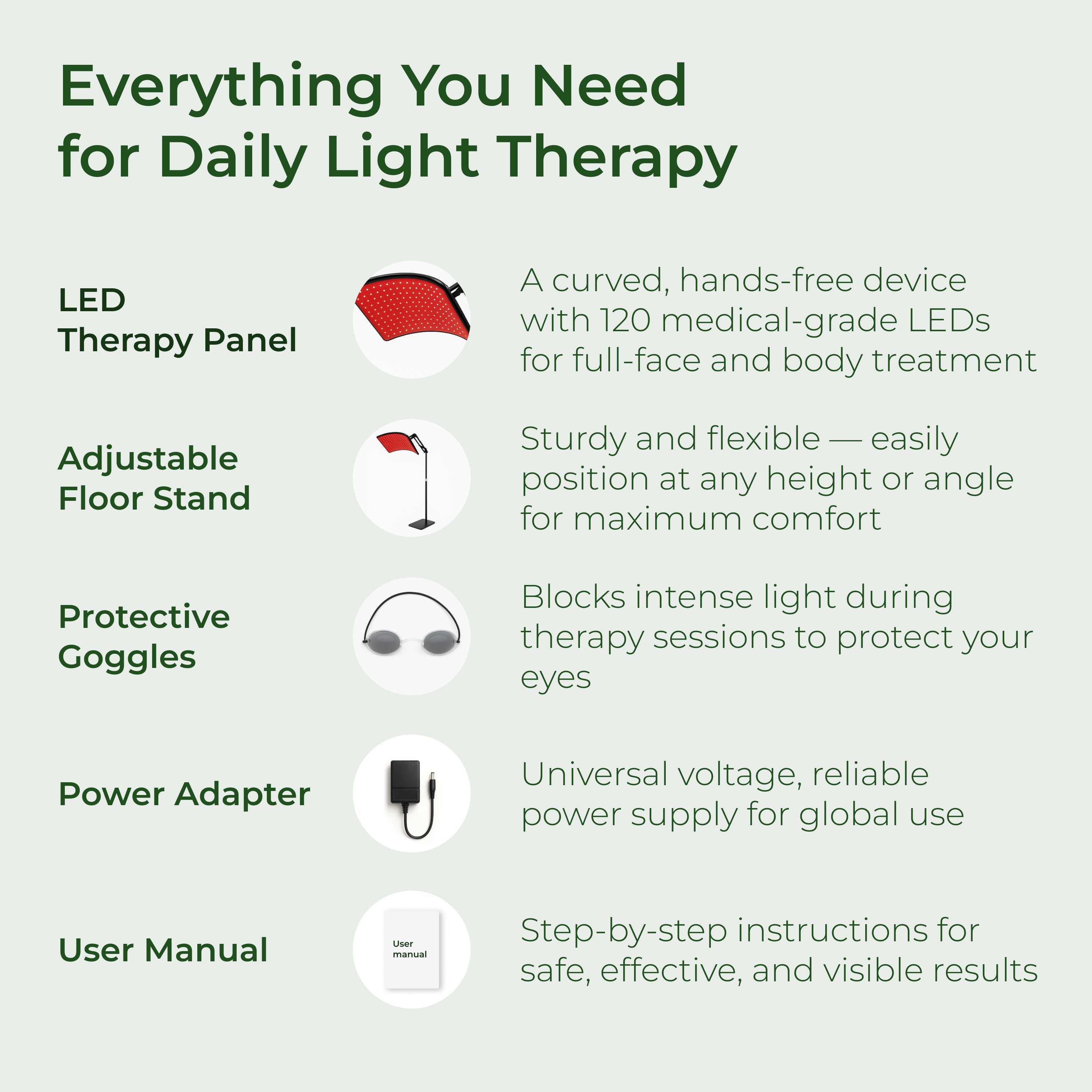

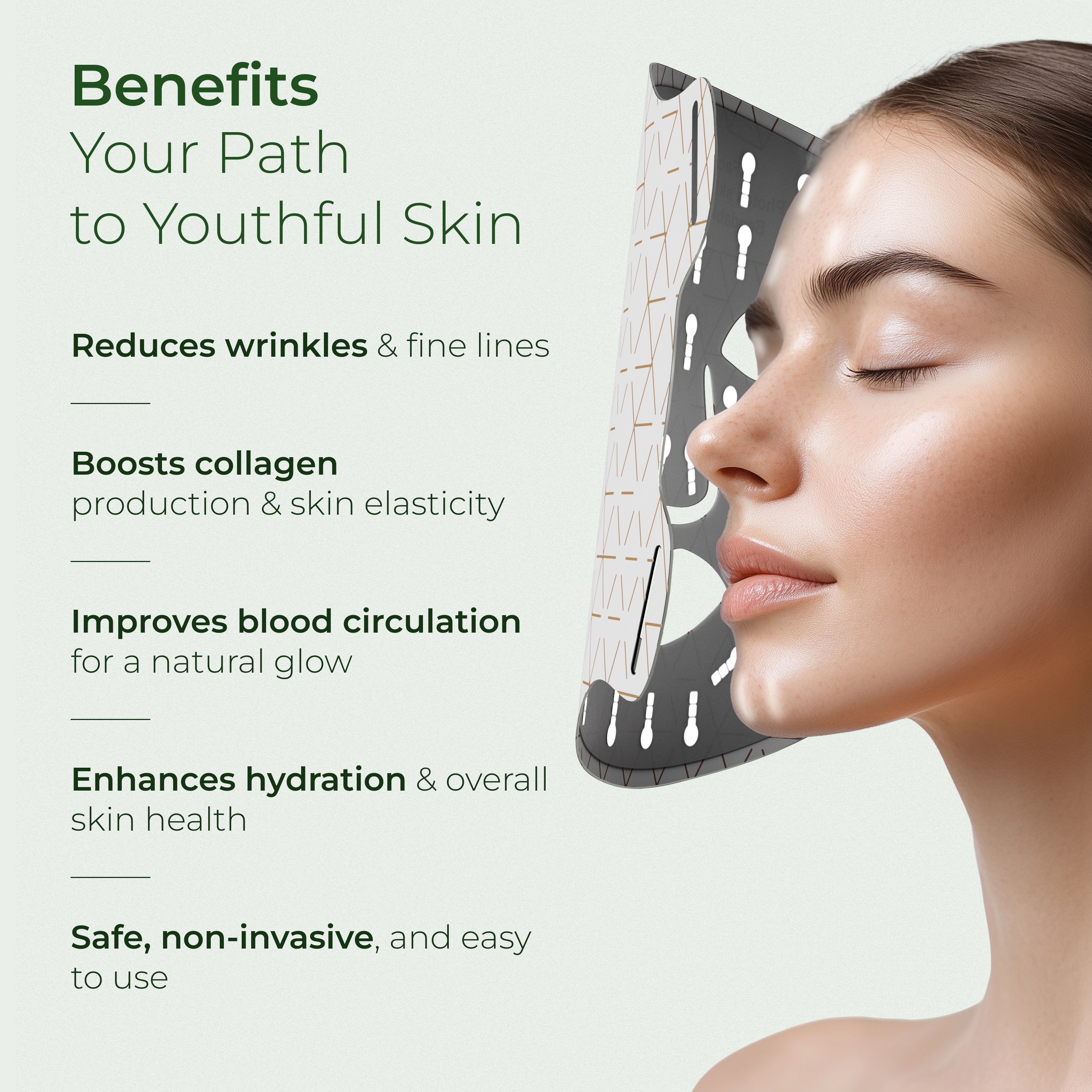
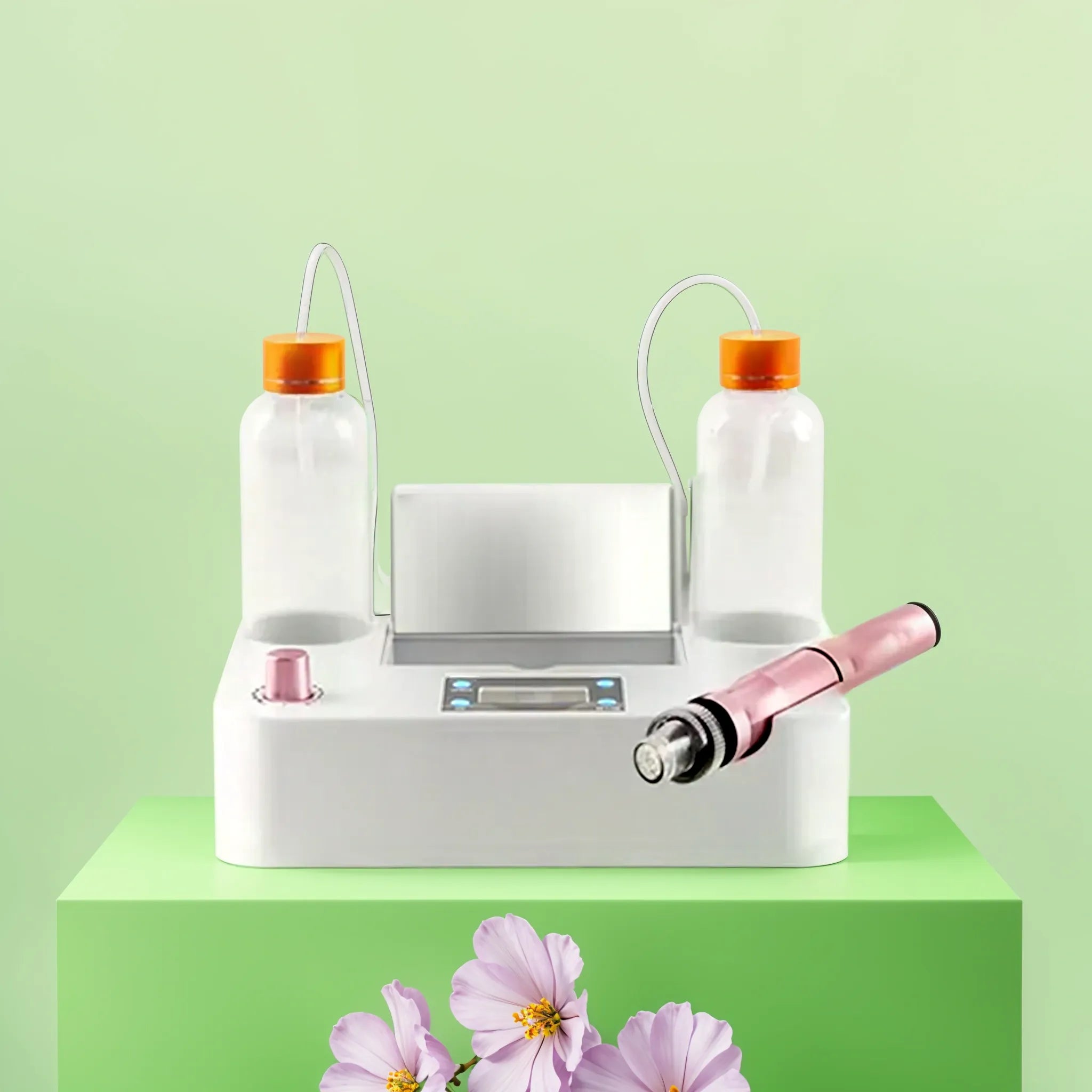

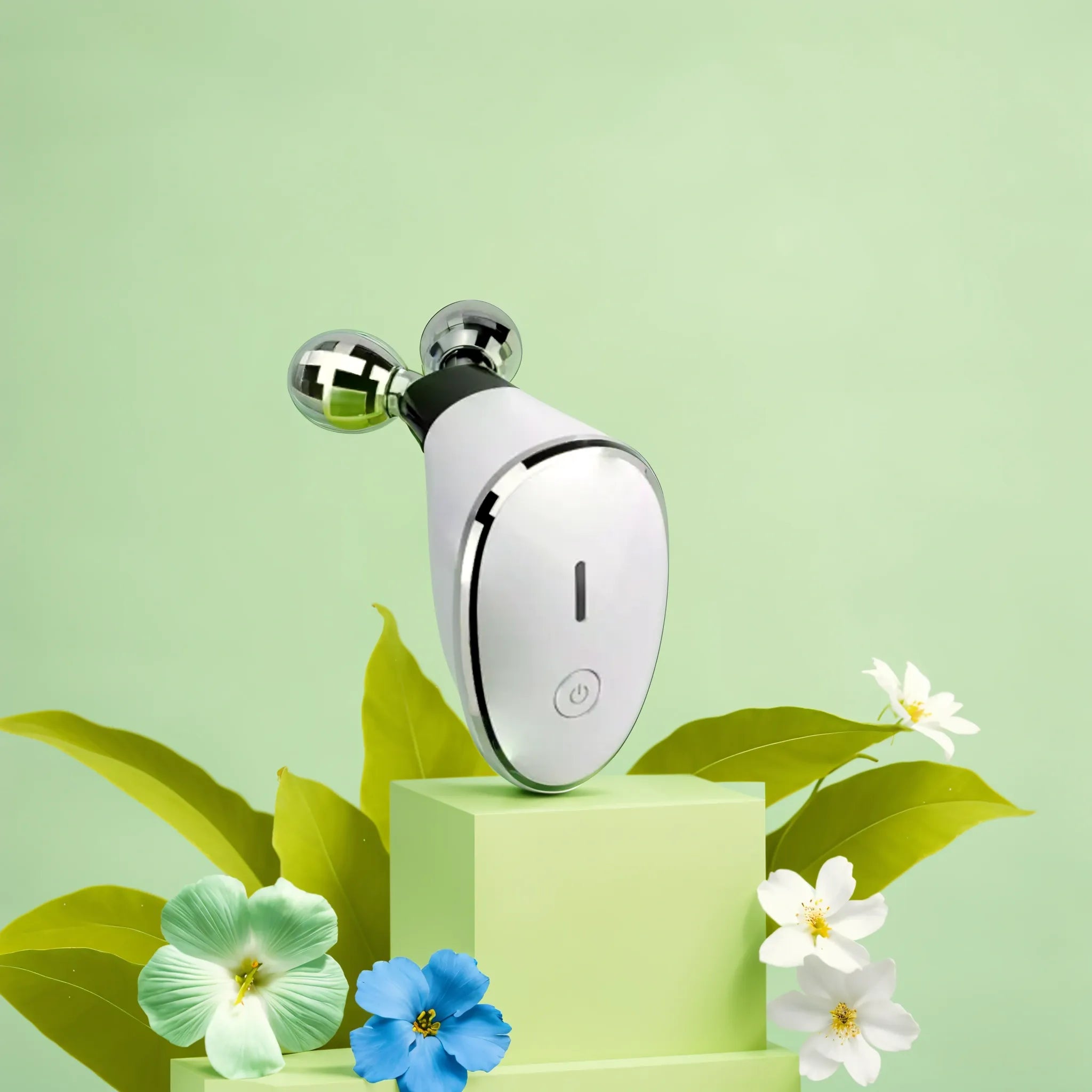
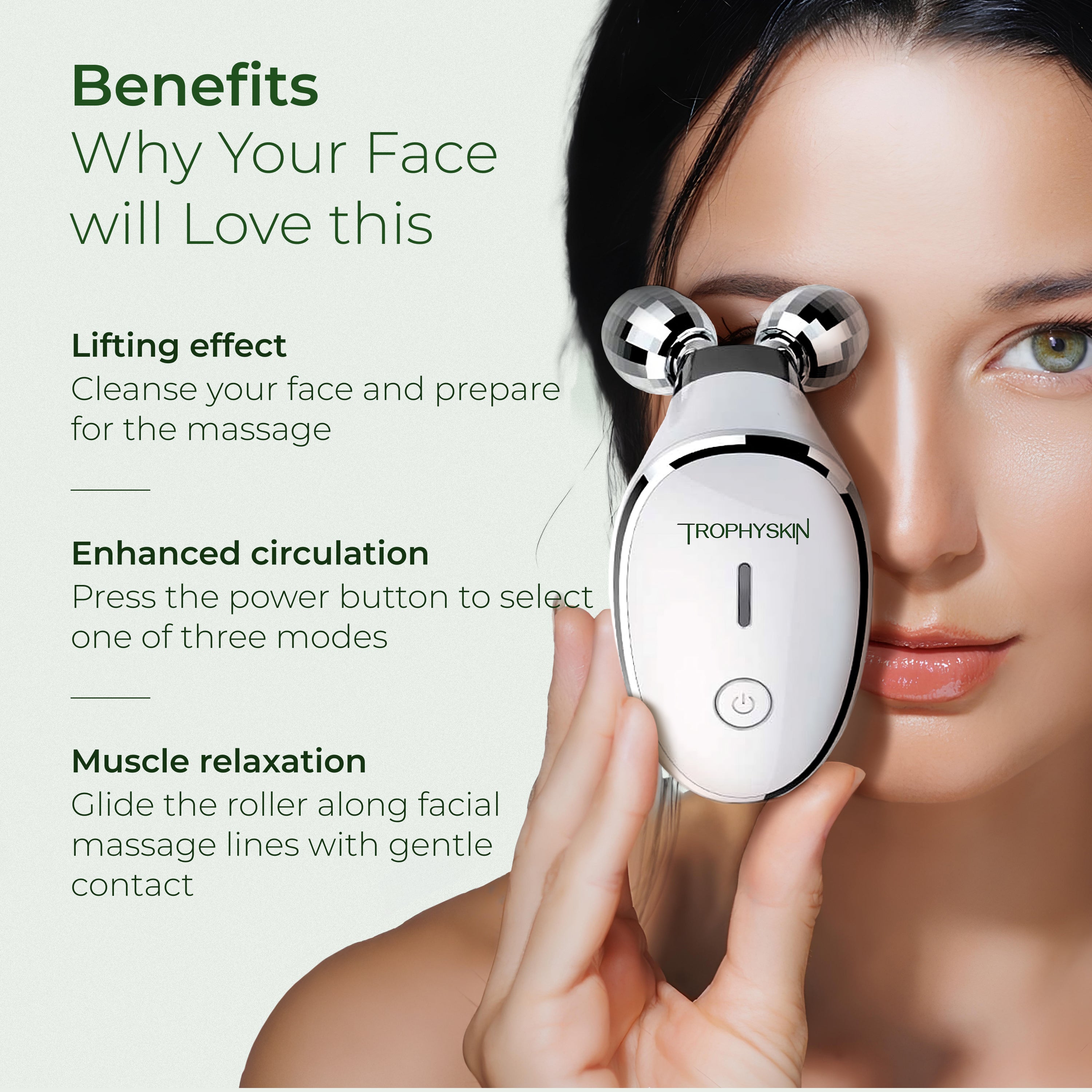


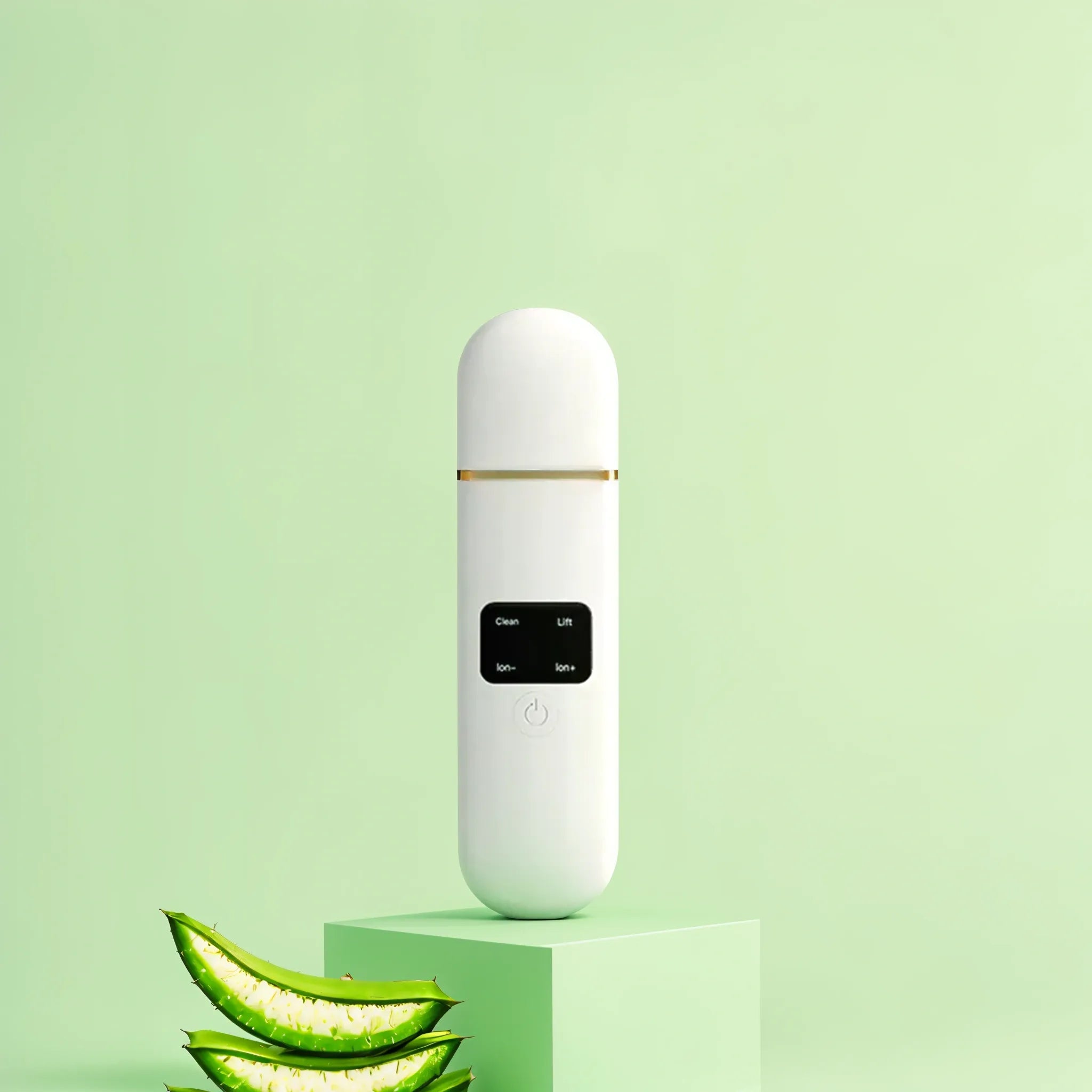
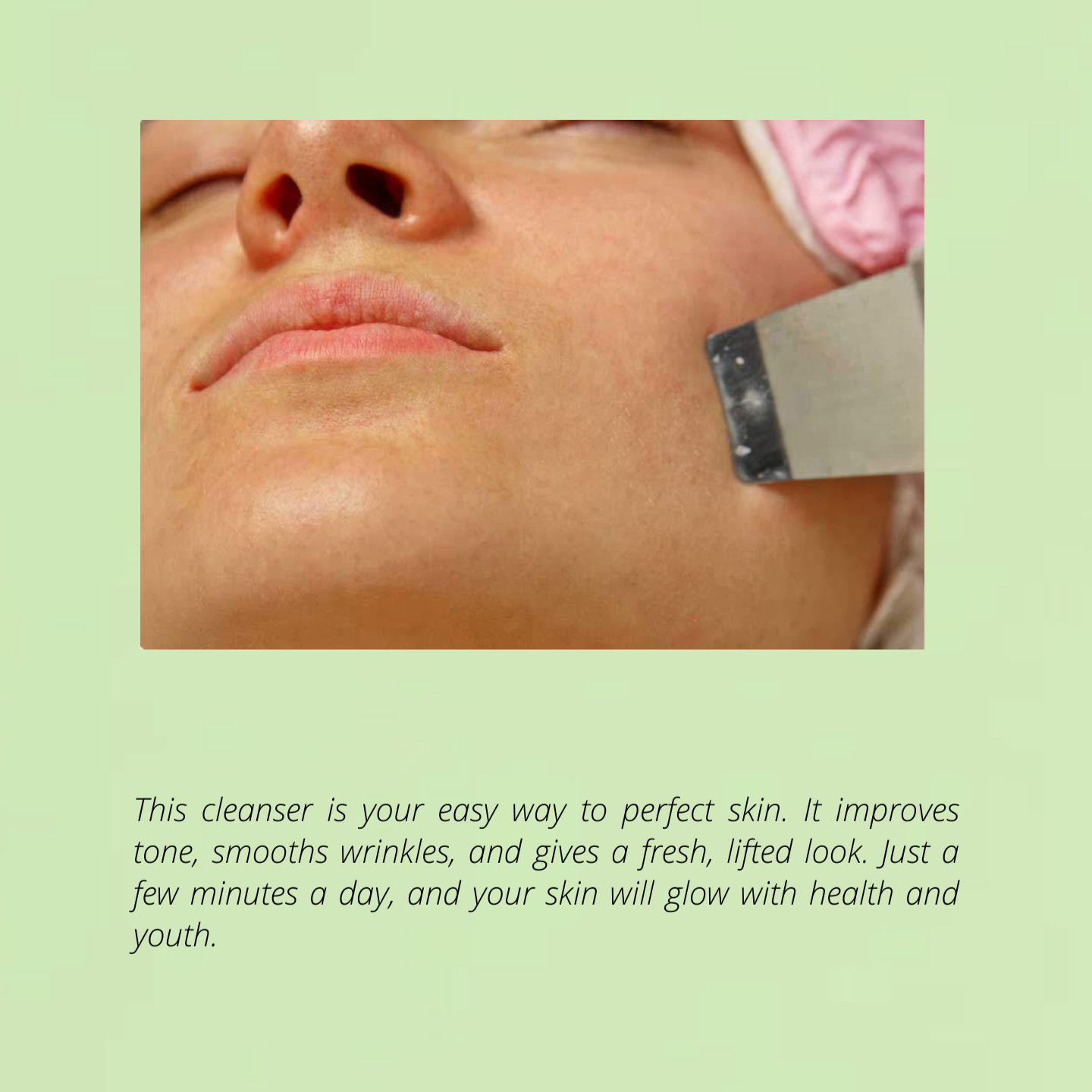
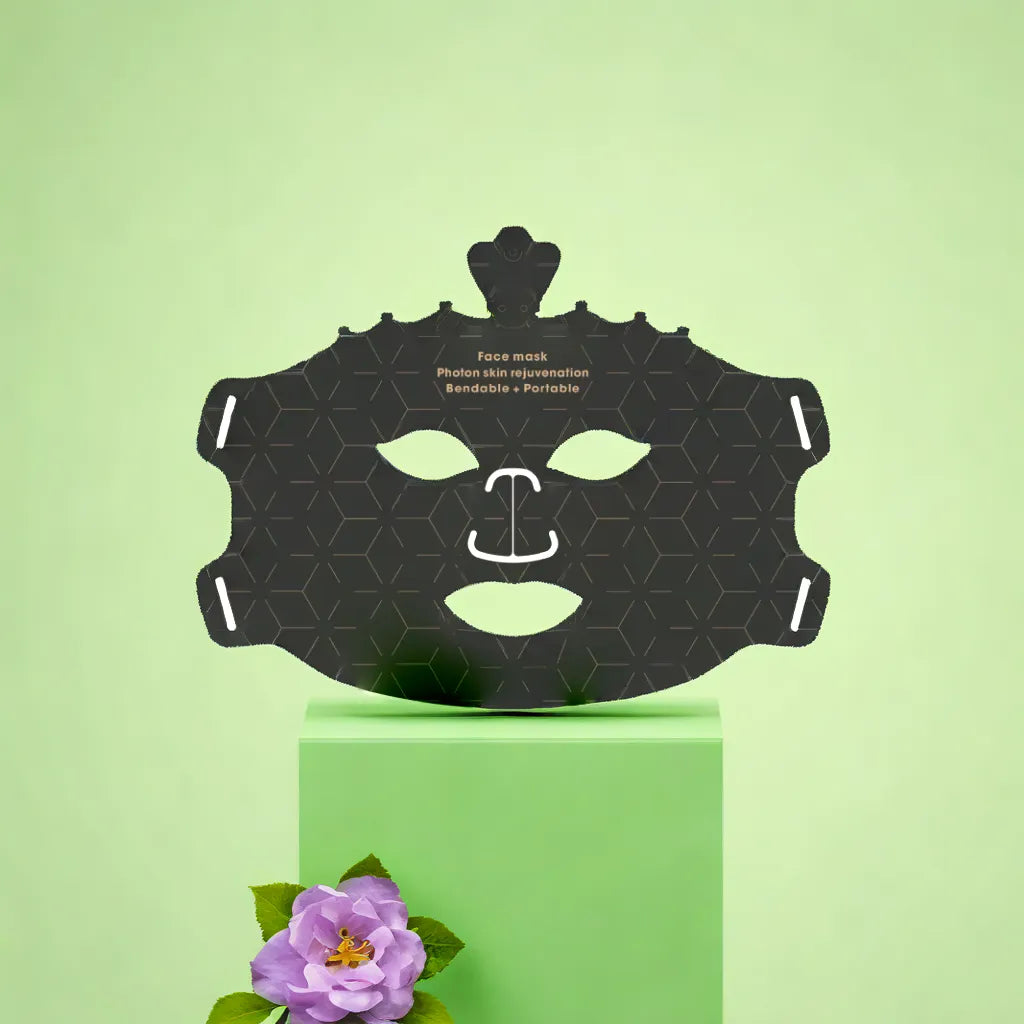
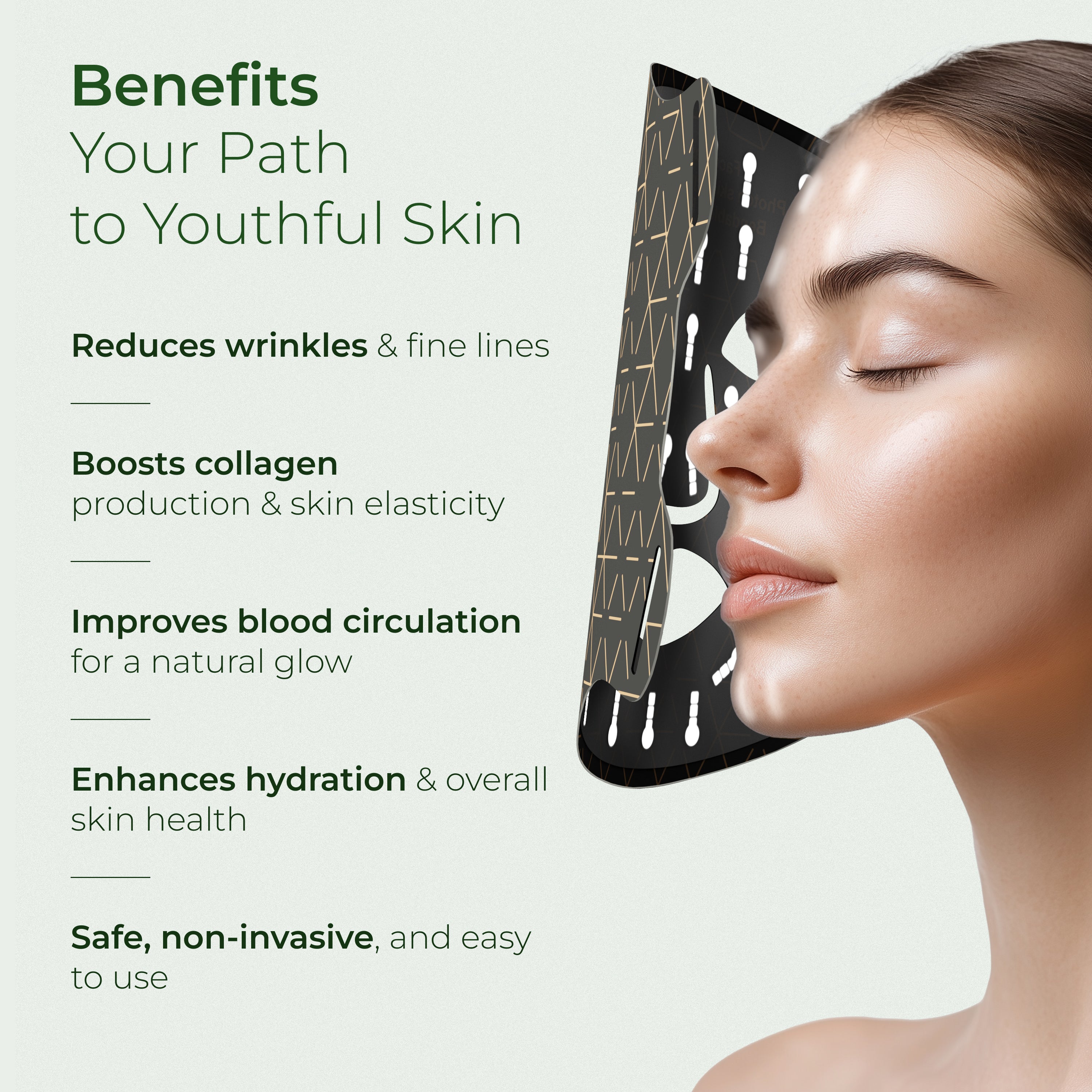

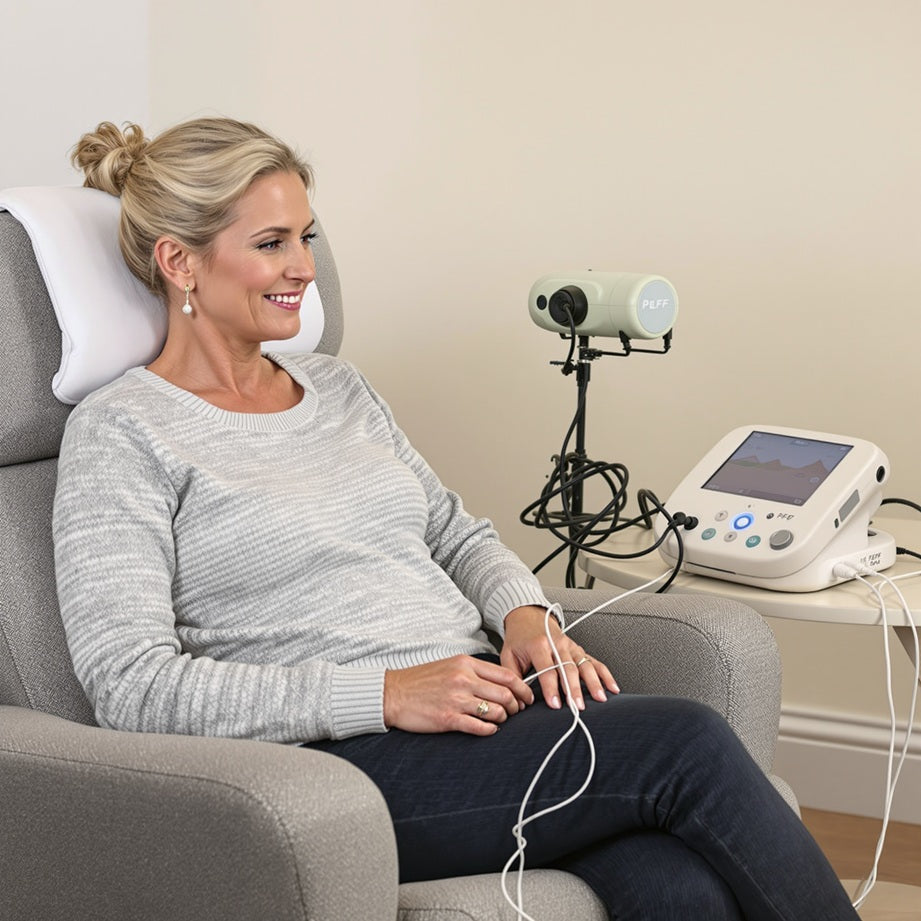
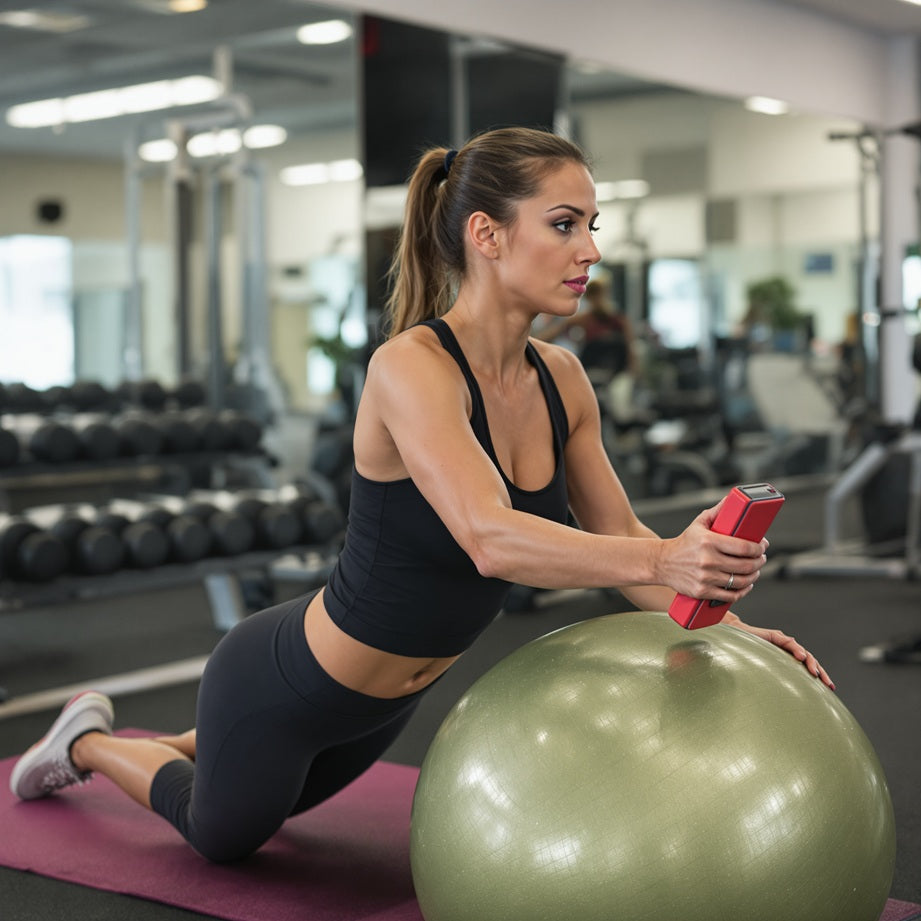
Leave a comment
This site is protected by hCaptcha and the hCaptcha Privacy Policy and Terms of Service apply.